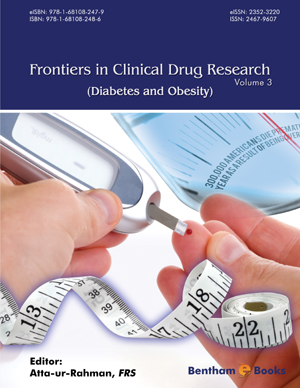Abstract
Patients with long-term diabetes develop angiopathy and neuropathy. Macroangiopathy refers to myocardial infarction, strokes and ischemic gangrene. Retinopathy and nephropathy are due to microangiopathy. The development of late diabetic complications is often assumed to be due to hyperglycemia and production of reactive oxygen species (ROS) in mitochondria. Despite regulation of blood glucose and blood pressure many patients still die of diabetic angiopathy. Intensive blood glucose control did reduce the risk for retinopathy and neuropathy, but had no significant effect on clinical renal outcomes. Blood pressure lowering in type 2 diabetic patients leads to a significant reduction in albuminuria, whereas improvement in renal failure was not significant. Newer therapies are therefore of vital importance. Diabetes is caused by insulin deficiency. Insulin treatment may induce insulin resistance and increase body weight. The appearance in plasma after injection is delayed, and patients may have relative high insulin values during the day. Insulin has a number of specific effects on the cardiovascular system and the kidney. This review focuses on insulin’s effects on capillary permeability in muscle endothelial cells and in podocytes in the kidney. Insulin deficiency and resistance rather than hyperglycemia may be directly responsible for lack of capillary recruitment in muscles and abnormal function of podocytes in the glomerulus in the kidney. It is concluded, that it is unlikely that longterm complications can be eliminated without development of a more physiologic insulin delivery system or alternatively with development of drugs that temporarily can activate specific insulin signaling pathways in the cells.
Keywords: Bariatric surgery, Bilirubin, Blood flow, Calorie restriction, Capillary recruitment, Cardiovascular disease, Diabetic macroangiopathy, Diabetic microangiopathy, Gangrene, Hyperglycemia, Hypotension, Insulin, Insulin resistance, Insulin treatment, MSNA, Nephropathy, Neuropathy, NO, Obesity, Plasma volume, Prevention, Retinopathy, ROS, Sympathetic activity, TER, Tissue recruitment, Urinary albumin excretion.






















